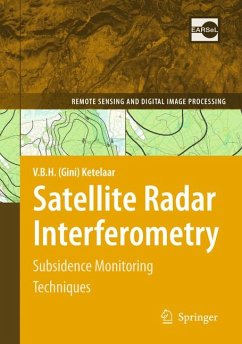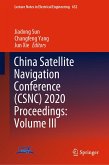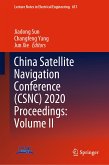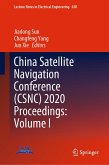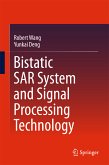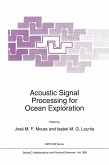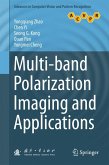It provides a review of existing subsidence estimation methodologies using geodetic measurements, explains Persistent Scatterer InSAR (PSI), and proposes a new method for reliability assessment: multi-track datum connection. The presented methodologies are demonstrated for the entire northern part of the Netherlands and a part of Germany (covering ~15.000 km2), using multi-track SAR observations from ESA's ERS and Envisat satellites.
The capability of PSI for wide-scale monitoring of subsidence rates of several millimeters per year in a rural area (which implies a low PS density) is shown. Additionally, methodologies for a better discrimination of the deformation signal of interest, subsidence due to hydrocarbon production, are assessed.
Essential for operational use, the performance of PSI with respect to the leveling technique is quantified. It is shown that the high spatial and temporal observation density of PSI moreover contributes to the understanding of subsurface processes. For example, subsidence due to gas extraction and subsequent uplift due to underground gas storage is clearly detected.
Audience:
This book will be of interest to scientists and professionals in geodesy and geophysics working with Radar Interferometry, studying displacements, subsidence, earthquakes, or volcanoes.
Dieser Download kann aus rechtlichen Gründen nur mit Rechnungsadresse in A, B, BG, CY, CZ, D, DK, EW, E, FIN, F, GR, HR, H, IRL, I, LT, L, LR, M, NL, PL, P, R, S, SLO, SK ausgeliefert werden.

